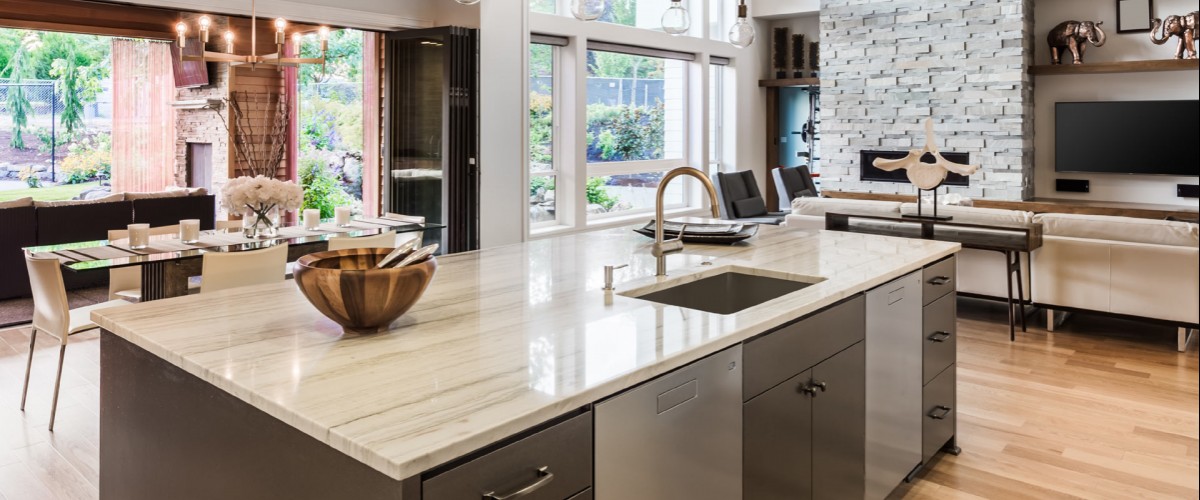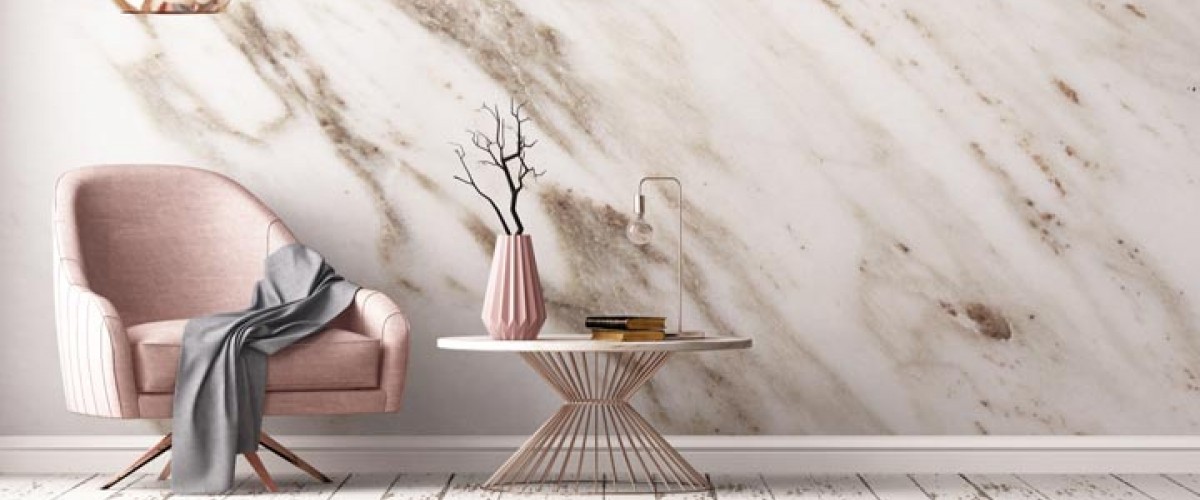Countertops -SILESTONE® or granite?
Kitchen countertops are undoubtedly the most strained element in every home. One therefore needs to ask himself: what material should be used for the countertop to have the maximal longevity?
Apart from this question, some other points should not be neglected:
- What about maintenance?
- Could I use my knife on the countertop?
- What does a hot pot, red wine, tomato or lemon sauce do to it?
- Which material is more costly?
The following paragraphs should give you all information you need in order to choose the ideal countertop satisfying all your requirements.
Maintenance
Countertops made of quartz called SILESTONE® are very undemanding for maintenance; a wet wipe with a little bit of soap often suffices. This is because they do not absorb water, and in fact, some types have a surface treatment N-BOOST that minimises fingerprints. This guarantees they appear nice and clean after every ordinary wipe.
Countertops made of granite are excellently blot resistant; they are also maintained by an ordinary wet wipe. Natural granite is, however, more or less porous. It is generally the case that the darker the material, the less porous it is, and conversely paler types of granite are less dense. There are exceptions to this rule.
This does not mean irremovable blots will appear; rather it can transiently absorb a little moisture, which eventually disappears. For this reason, impregnation of the surface is recommended.
Longevity
Both materials are very strong and hard. It is nevertheless better to use a cutting plate when using the knife. A hot pot taken directly from the stove and put on a synthetic stone can cause an imprint because it contains resins, which react at high temperatures.
An occasional notch in the edge is not a tragedy because a coloured polish-able mastic can be used to recover the polished edge. This type of repair is less apparent on natural granite.
Design
As regards granite it is necessary to be aware of the fact that every plate is part of a block which comes from a quarry, the block being uniquely coloured and veined. Perfect colour and vein homogeneity does not exist with the exception of black granites. Sometimes the veining of natural granite is marked, meaning that other elements of the interior need to be adjusted accordingly.
SILESTONE® is composed of more than 90% quartz grains, the rest is a small amount of glass (sometimes also tiny metal parts), colouring and finally the binding agent is epoxy resin. A wide range of colours, patterns and surface finishes is offered. As opposed to natural granite, the widths available are as low as 12 mm.
It must be honestly admitted that the so-called invisible joint is not entirely possible with this type of material. As opposed to acrylic materials, these cannot be simply heated and joined. The individual pieces are aligned and a coloured flexible lute is used in the interstice.
Cost
It is impossible to tell whether granite or SILESTONE® is more expensive. Just as there are more or less expensive granites, so there are several price categories of SILESTONE®. Every individual case requires a quote. This is because the price of a material also depends on how much waste material is left out after the desired plates are cut out.
Summary
Both materials offer a number of advantages. As far as the overall appearance and style is concerned, but also the utility properties, either of the two will not disappoint the customer.
We recommend granite for lovers of authentic natural materials – originals. All synthetic stones with a trace more or less successfully mimic well-known natural materials.
If there is insistence on colour homogeneity (for instance white, which does not occur in nature) and ease of maintenance, SILESTONE® is evidently advantageous. The so-called integrated sinks are also offered, these being made of the same material as the countertop.
A rough comparison of the two is given in the table:
|
SILESTONE® |
Granite |
|
|
Original design |
◊◊◊ |
◊◊◊◊◊ |
|
Resistance to attrition |
◊◊◊◊ |
◊◊◊◊ |
|
Chemical stability |
◊◊◊ |
◊◊◊ |
|
High temperatures resistance |
◊◊◊ |
◊◊◊◊◊ |
|
Stiffness |
◊◊◊◊◊ |
◊◊◊ |
|
Resistance to blows |
◊◊◊◊◊ |
◊◊◊ |
|
Large formats |
◊◊◊◊◊ |
◊◊◊◊ |
|
Maintenance |
◊◊◊◊◊ |
◊◊◊◊ |
|
Less absorption |
◊◊◊◊◊ |
◊◊◊ |
|
Ease of processing |
◊◊◊◊ |
◊◊◊◊ |
|
Resistance to scratches |
◊◊◊◊ |
◊◊◊◊◊ |
|
Thermal expansion |
◊◊◊ |
◊◊◊ |
|
Thermal shock |
◊◊◊ |
◊◊◊ |
|
Resistance to UV radiation |
◊◊◊ |
◊◊◊◊◊ |
Very low: ◊ Low: ◊◊ Medium: ◊◊◊ High: ◊◊◊◊ Excellent: ◊◊◊◊◊
Author: Ing. Roman Kostal
Date: 5.1.2019


